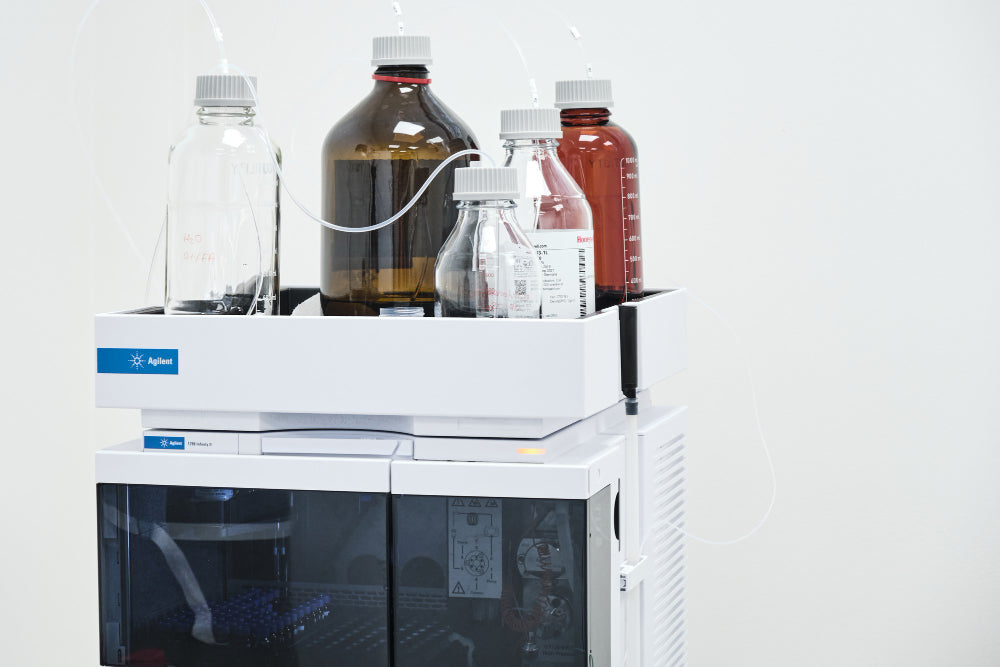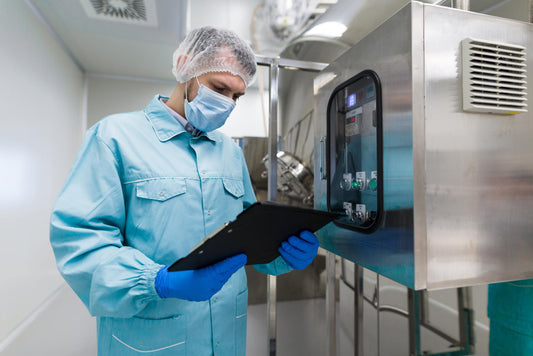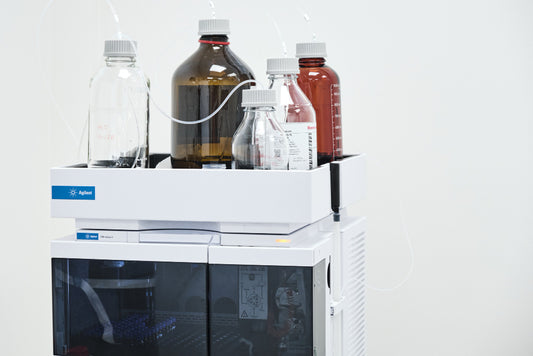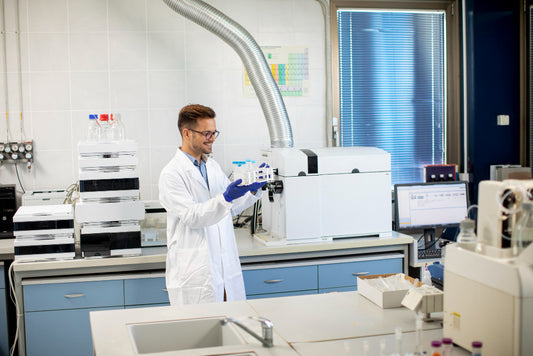Liquid chromatography and mass spectrometry (LC-MS) are invaluable techniques in the realms of biotechnology, pharmaceuticals, environmental testing, and more. Ensuring the longevity and accurate performance of this equipment requires a basic understanding of their maintenance. This guide aims to elucidate those maintenance fundamentals for beginners.
Firstly, it's essential to understand what LC-MS does. Liquid chromatography separates mixtures into individual components, and mass spectrometry identifies and quantifies these components based on their mass-to-charge ratio. The seamless integration of these two techniques forms LC-MS, a powerful analytical tool in modern laboratories.
Maintenance of LC-MS instruments can be viewed as a three-pronged approach: regular cleaning, preventive maintenance, and troubleshooting.
1. Regular Cleaning
LC-MS equipment requires frequent cleaning to eliminate sample residue and potential contaminants that could impair its performance.
For the liquid chromatography component, regular cleaning includes flushing the system with suitable solvents to prevent buildup of sample residues. It's also advised to periodically replace the inline filters and check the auto-sampler needles and vial caps for cleanliness.
The mass spectrometer, on the other hand, often requires professional servicing due to its complexity. However, a routine cleaning that can be performed in-house includes cleaning the ion source, which can accumulate contaminants over time and affect ionization efficiency.
2. Preventive Maintenance
Preventive maintenance includes regular inspection and replacement of wear parts. This ensures the equipment operates optimally and reduces the likelihood of unexpected breakdowns.
Key parts that need regular checks in LC systems include seals and gaskets, pump pistons, injector needles, and column compartments. For MS systems, items such as vacuum pump oil, turbo pump bearings, and filaments require attention.
Adhering to a strict maintenance schedule will result in material cost savings. Not only are you replacing components that need replacement, regular maintenance gives you the opportunity to inspect your equipment more thoroughly and often. This will help you notice unexpected wear which allows you to be proactive with your equipment and avoid downtime or more expensive repair costs.
We offer consumables for most common LC & MS equipment, check out our Products to see how we can help you.
3. Troubleshooting
Even with regular cleaning and preventive maintenance, issues may arise. Being able to identify and rectify these issues is crucial.
For instance, pressure abnormalities in LC can signify blockages, leaks, or pump issues. In MS, changes in the baseline or signal intensity may indicate issues with the ion source, detector, or vacuum system.
A good practice is to keep a logbook detailing all maintenance activities, operational changes, and observed issues. This record-keeping aids in identifying recurring problems, which may hint at more significant underlying issues.
Lastly, ensure adherence to the manufacturer's guidelines for cleaning, preventive maintenance, and troubleshooting. These guidelines provide specific instructions tailored to your equipment model, enhancing its longevity and performance.
Conclusion
LC-MS maintenance, while appearing daunting at first, can be simplified into regular cleaning, preventive maintenance, and effective troubleshooting. Proper care not only extends the life of your LC-MS equipment but also ensures the reliability and accuracy of your results, a cornerstone of any successful laboratory operation.




